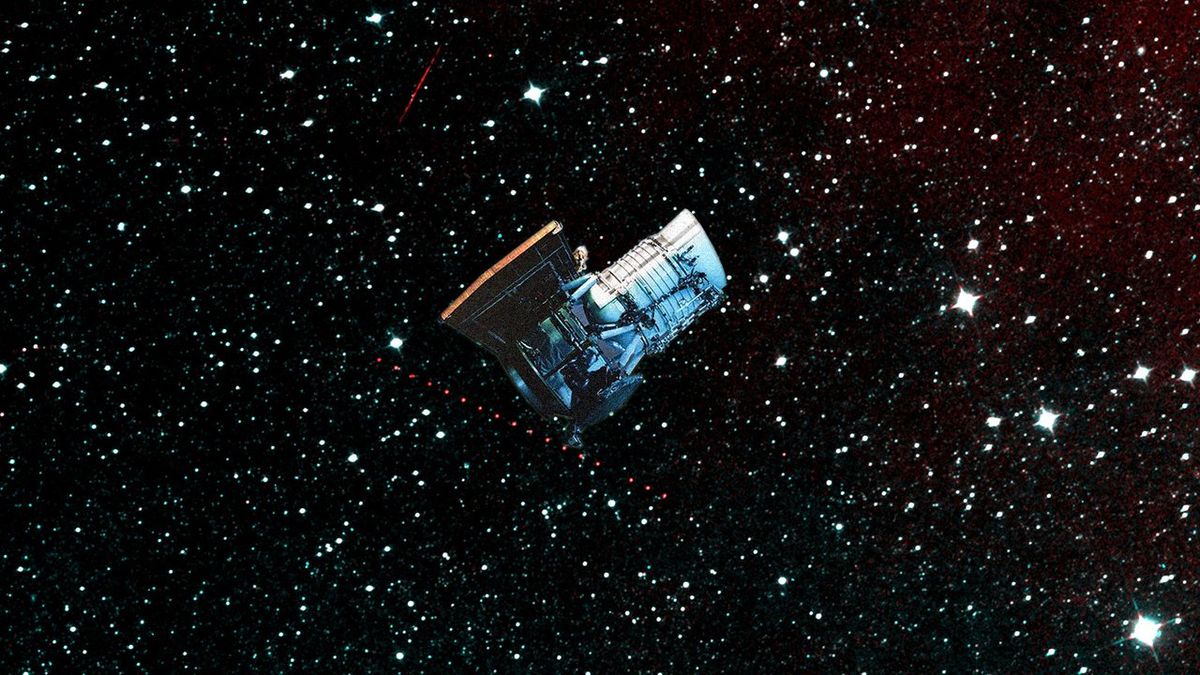The million tons of plastic pollution produced globally each year demand novel solutions. Degrading plastics with the help of microorganisms is a potential strategy. However, microbial plastic degradation needs temperatures above 20°C, which drives more energy use and higher costs.
In a study recently published in Frontiers in Microbiology, scientists at the Swiss Federal Institute of Technology and the Swiss Federal Institute for Forest, Snow, and Landscape research (WSL) offered an alternative approach that uses strains of bacteria and fungi isolated from alpine and Arctic environments to partially break down some biodegradable plastics at 15°C.1
During prior fieldwork in the Swiss Alps and Greenland, the research team discovered soil samples rich with microbial diversity. Curious about the microbes’ plastic-degrading abilities, they tested 19 bacterial and 15 fungal strains. To do this, the researchers exposed the microbes to different plastics, including the most common plastic pollutant, polyethylene, which is nonbiodegradable, and three biodegradable plastics: polyester-polyurethane, a common textile coating, and polybutylene adipate-co-terephthalate (PBAT) and polylactic acid (PLA), both used in compostable waste bags.
The team used various methods to evaluate how well these cold-loving microbes broke down plastics. In a primary screening, the scientists assessed material weight loss after incubating each strain with dry sterile plastic films at 15°C in the dark for 126 days. The team also ran more sophisticated tests to identify which polymer each microbe degraded since some of the plastics tested contained combinations of different polymers and other materials.
At 15°C, “around half of all strains really showed good degradation of plastics,” said Joel Rüthi, a microbiologist at the WSL and coauthor of the paper. Most strains degraded, to some degree, at least one of the three biodegradable materials. Among the microbes, the most promising were two fungal strains of the genera Neodevriesia and Lachnellula, which broke down every biodegradable material used in the study.
Rüthi and his colleagues hope to isolate the microbial enzymes responsible for the degradation and, by doing so, develop methods to speed up the process in the future.
See “Plastic Pollution Boosts Bacterial Growth in Lake Water”
None of the Arctic and Alpine microbes degraded polyethylene, even after 126 days of incubation.
Unfortunately, the plastics that the microbes partially degraded represent a “really small amount of plastics in circulation,” said Gavin Lear, an environmental microbiologist at the University of Auckland, who was not involved in the study. Although Lear added that the findings may help improve microbial degradation of plastics, this will not solve the world’s plastic problem. There is still little evidence that the highly used plastics are degraded by microbial enzymes.
Lear acknowledged that uncovering the plastic-eating abilities of cold-adapted microbes may inform future solutions. If we move away from the conventional nonbiodegradable materials, “and we start to use more of these biodegradable plastics, then it’s good that we know how to degrade them more quickly so they’re less of an environmental problem,” he concluded.
See “Garbage to Guts: The Slow-Churn of Plastic Waste”
Reference
- Rüthi J, et al. Discovery of plastic-degrading microbial strains isolated from the Alpine and arctic terrestrial plastisphere. Front Microbiol. 2023;14:1178474.














